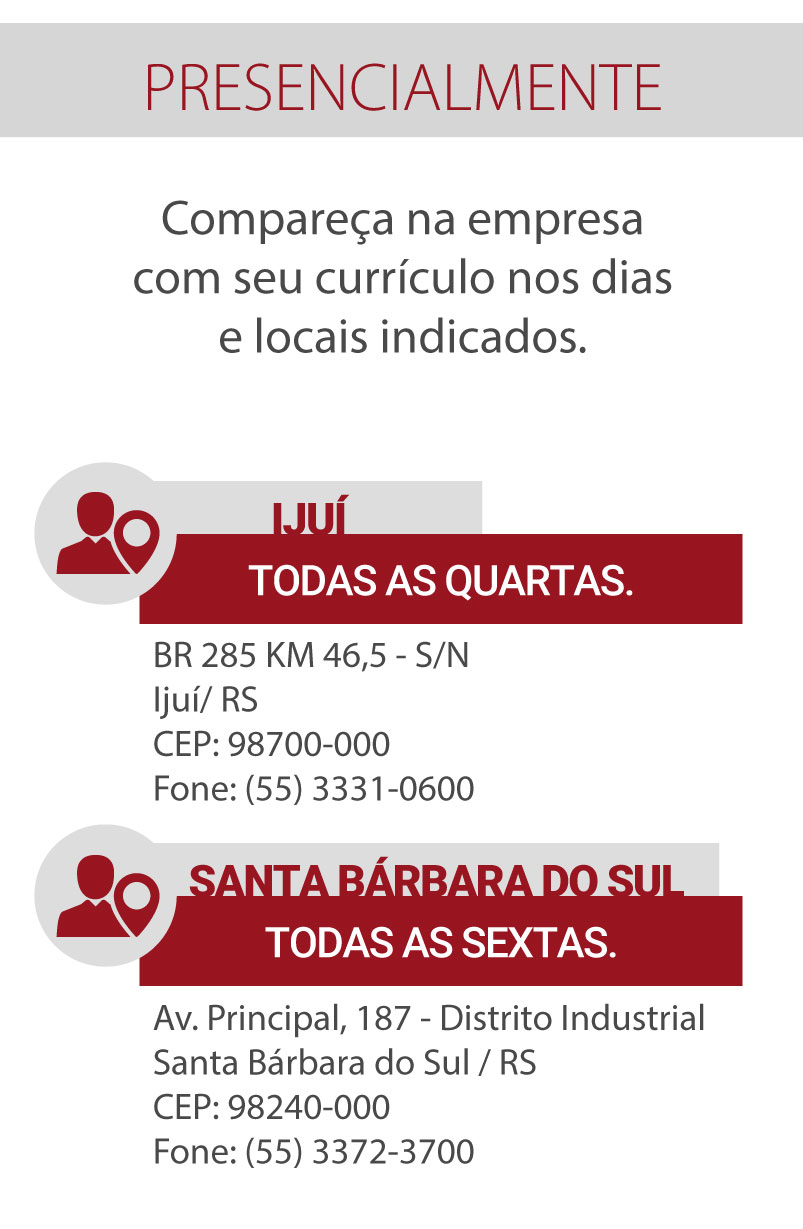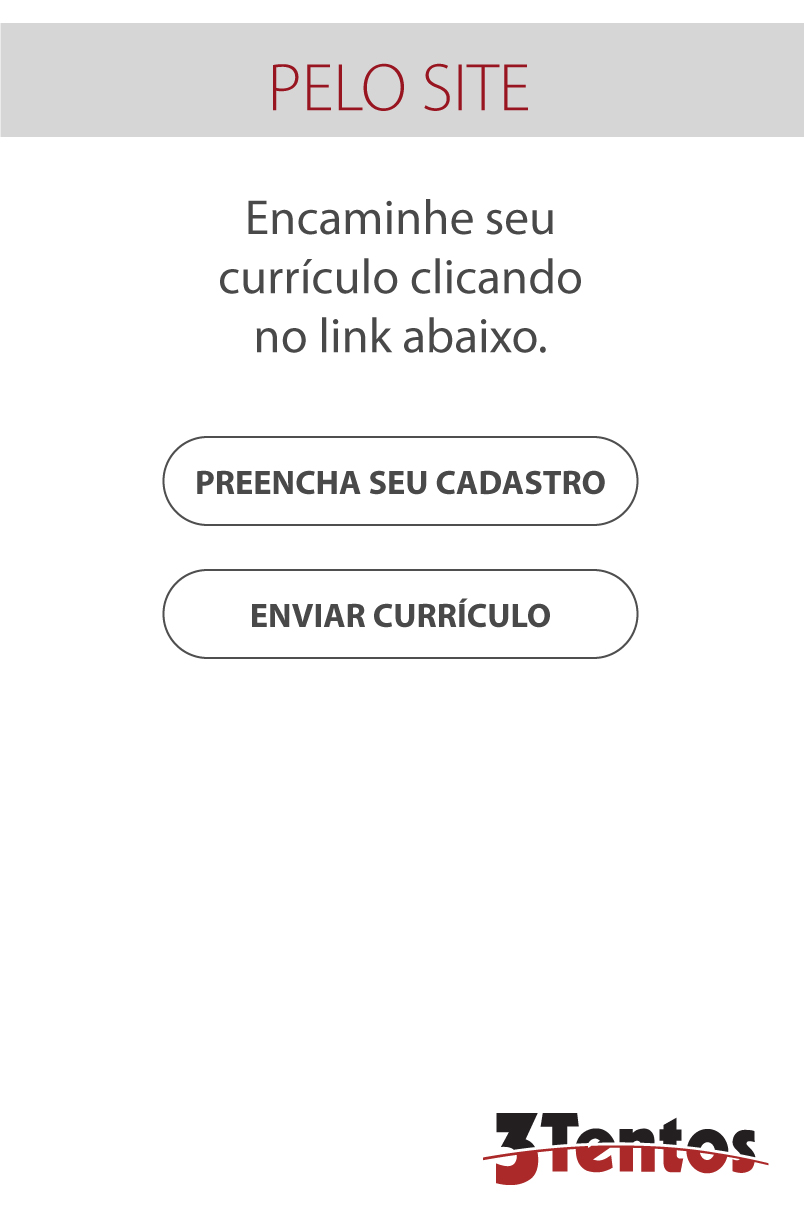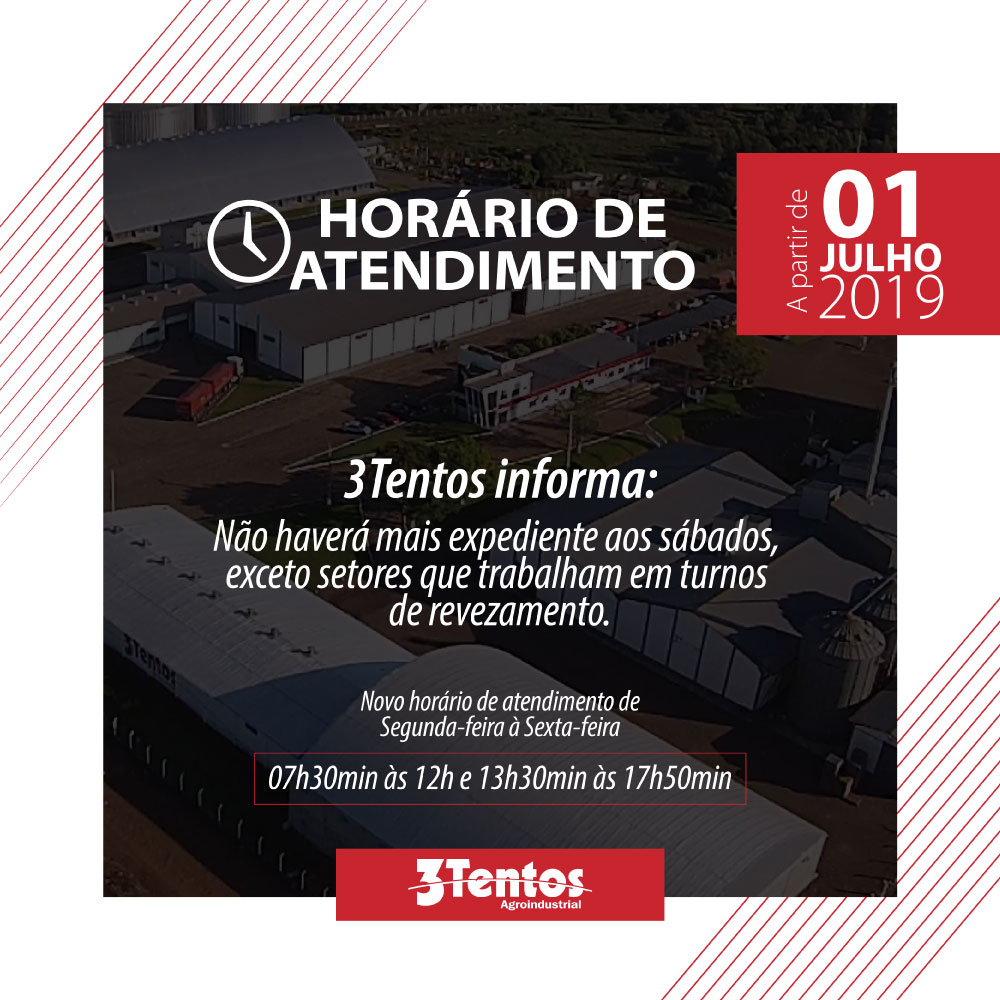The global carbon market has emerged as a strategy to achieve global greenhouse gas emission targets. Agriculture plays an essential and potential role in both emission reduction and carbon sequestration within this context.
To substantiate the beneficial impact of low-carbon agriculture, it is necessary to demonstrate the efficiency of production systems. Sustainable and efficient production is a consistent practice on rural properties. What we lack is the actual measurement of our results.
What are the advantages of entering the carbon market?
Entering the carbon market initially means collectively building a system that showcases the reality of Brazilian agriculture, which is constantly evolving in terms of both productivity and conservation. Producers know they are efficient and strive to implement new technologies daily, increase productivity, and contribute to food production. However, they may not fully grasp how crucial their efforts are, not only for the carbon cycle but also for emissions reduction.
Participating in the carbon market is a demonstration of the sustainability inherent in production systems. It emphasizes that production and preservation go hand in hand, highlighting that food production is indeed environmentally friendly. It's about proving to the world that Brazilian agriculture is comprised of producers who care deeply about the agriculture of tomorrow and are committed to building a better future for everyone. Future carbon accreditation will be the result of years of hard work, decades of productivity growth with a focus on efficiency, and improvements in the quality of the agricultural system, which deserves to be monetized.
What is the Carbon Seal?
3tentos aims to make the appreciation of production and environmental efficiency a reality in the carbon market. The Carbon Seal is proof of efficiency, measuring inputs and outputs to analyze all the carbon that enters the agricultural system, including seeds, fertilizers, amendments, fuels, and energy, and relating it to the carbon leaving the system in tons of soybeans produced per hectare.
Having the Seal is a way to prove the results of a production that strives to use resources as efficiently as possible, with the necessary quantities and consistent results in food production.
What does the producer need to do to participate?
To participate, the producer only needs to share basic information about the rural property. The information focuses on soybean cultivation, its management system, and decision-making factors important for production efficiency. Registration occurs through an expression of interest in participating, and initial contact can be made through the producer's consultant, WhatsApp, the website, or any 3tentos unit.
What is the process for the producer to obtain the Carbon Seal?
Is it simple? What data is required? The process is indeed simple. After the producer makes the initial contact expressing interest in the program, a meeting is scheduled according to the producer's availability. In this meeting, 3tentos' carbon experts explain the current possibilities in the carbon market and the existing carbon efficiency calculation mechanism on the rural property.
The data required for the efficiency assessment includes defining areas (done through the Rural Environmental Registry - CAR), quantities of inputs per hectare, production, types of production systems, and crop rotation systems. This information is crucial for calculating efficiency, characterizing the management system, and describing management aspects that influence decision-making related to the use of inputs and their results.
Is participating important?
Historically, agriculture has progressed alongside waves of innovation, from the use of fertilizers to the green revolution, transgenics, biological products, and now the carbon market. We are faced with an opportunity that gains more space and proves to be inevitable in building increasingly efficient production systems each day.
There is a common goal for rural producers: to build systems and develop high-potential agriculture. To reach this high potential, it is essential to analyze what has been done and its results each harvest. Additionally, evaluating results and understanding our efficiency allow us to continually advance in qualifying our agriculture.
Low-carbon agriculture is a current reality, and in this scenario, the Carbon Seal is an important step that proves the quality and efficiency of rural properties.




